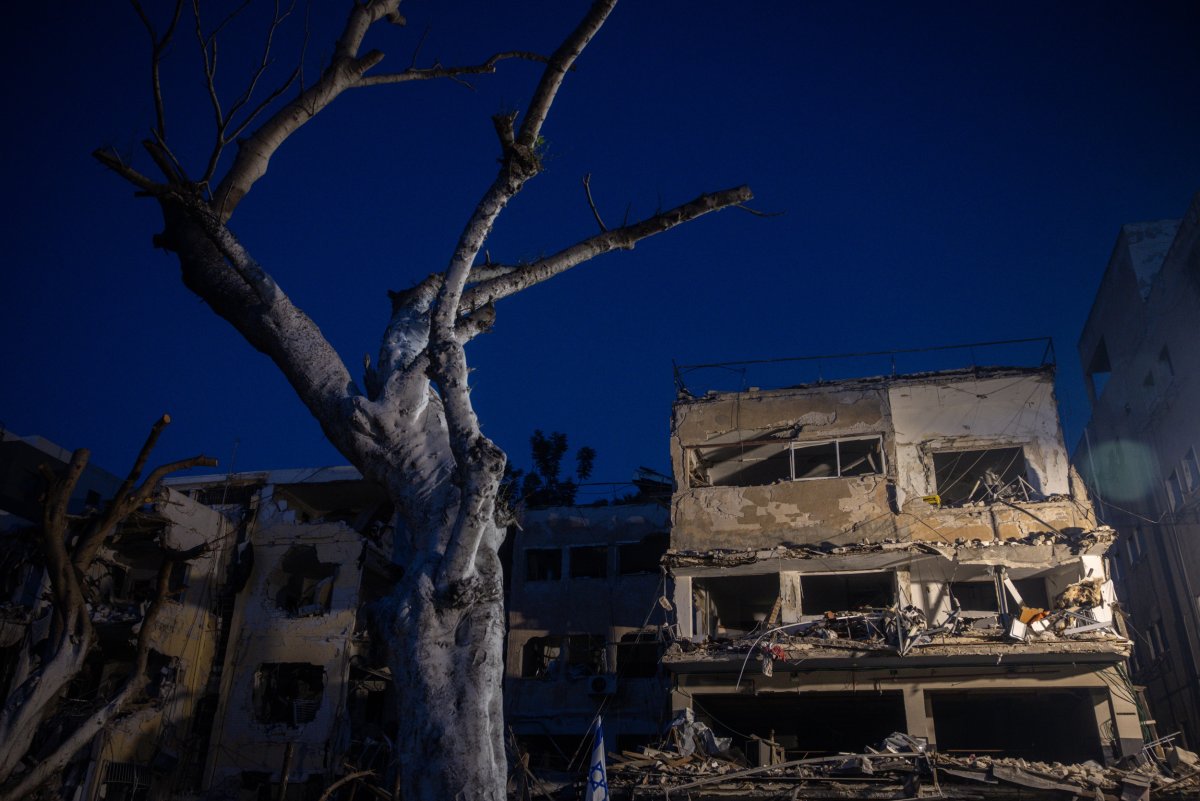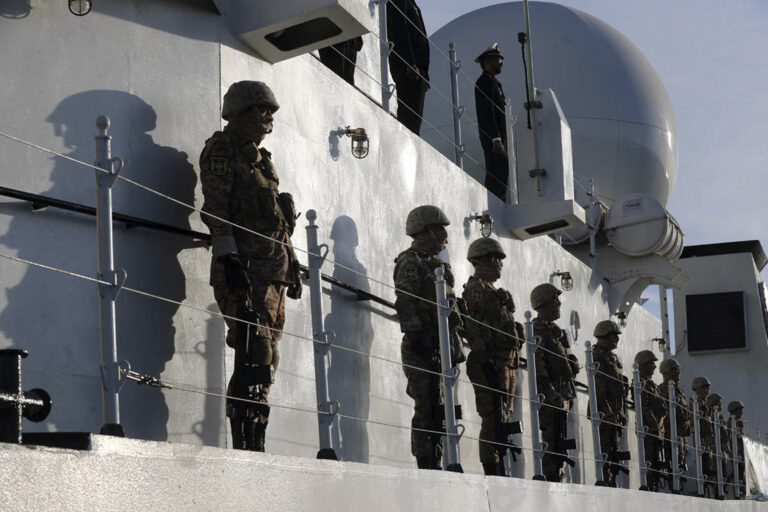Iran is set to begin a two-day missile drill on Thursday in the northern Indian Ocean and Sea of Oman, signaling military strength after June’s 12-day war with Israel and the United States.
The exercise will include missile launches and drone and electronic warfare operations, underlining Tehran’s determination to demonstrate readiness for any new phase of confrontation.
Newsweek has reached out to the State Department as well as the foreign ministries of Iran and Israel for comment.
Why It Matters
The drill comes at a volatile moment. Israel and Iran only recently paused a direct conflict that caused significant casualties and destruction on both sides. The U.S., which intervened with its own airstrikes, has since kept up pressure on Iran while pledging support for Israel.
Although open fighting has stopped, the fragile ceasefire has done little to ease hostility. Military drills such as the one set to start on Thursday serve as both a warning to rivals and a signal that Iran is prepared for renewed escalation.

Iranian Army/AP Photo
What To Know
According to state media, Iran’s navy will stage the exercise with surface and subsurface vessels, aerial units, coastal and sea-based missile platforms, and electronic warfare divisions. Rear Admiral Abbas Hassani, the official spokesperson for the Iranian Navy, said the maneuvers would test “a wide range of precision-strike cruise missiles” capable of hitting surface targets at short, medium and long range. He added that the drill is designed to sharpen combat readiness, improve command systems and strengthen deterrence.
Aftermath of War
The conflict that started on June 13 saw Iran launch missile and drone attacks on sites in Israel, while Israel conducted airstrikes on Iranian military installations and infrastructure.
The U.S. entered the conflict on June 22, hitting nuclear sites in Natanz, Fordow and Isfahan; Iran responded by attacking the U.S.’ Al-Udeid Air Base in Qatar before President Donald Trump declared a ceasefire on June 24.

Majid Saeedi/AP Photo
Escalating Rhetoric
Since the war, Iranian officials have issued warnings about future conflicts, emphasizing the need to strengthen missile, drone and electronic warfare capabilities. Israel remains on high alert, and the U.S. continues to maintain a military presence in the region to monitor Iranian movements and deter escalation. Statements from all sides suggest that, while direct fighting has paused, tensions remain near a critical threshold.
What People Are Saying
Rear Admiral Abbas Hassani, spokesperson for the Iranian Navy, said of the upcoming military drill: “A wide range of precision-strike cruise missiles with short, medium and long ranges will be employed to hit and destroy surface targets.”
Eyal Zamir, Israeli chief of staff: “We are ready to attack again when necessary.”
What Happens Next
The two-day drill will conclude on Friday, but its implications extend beyond the military maneuvers themselves. With Iran, Israel and the United States continuing strategic posturing and issuing warnings, the region remains highly unstable and military escalation remains a real possibility.

Chris McGrath/Getty Images


